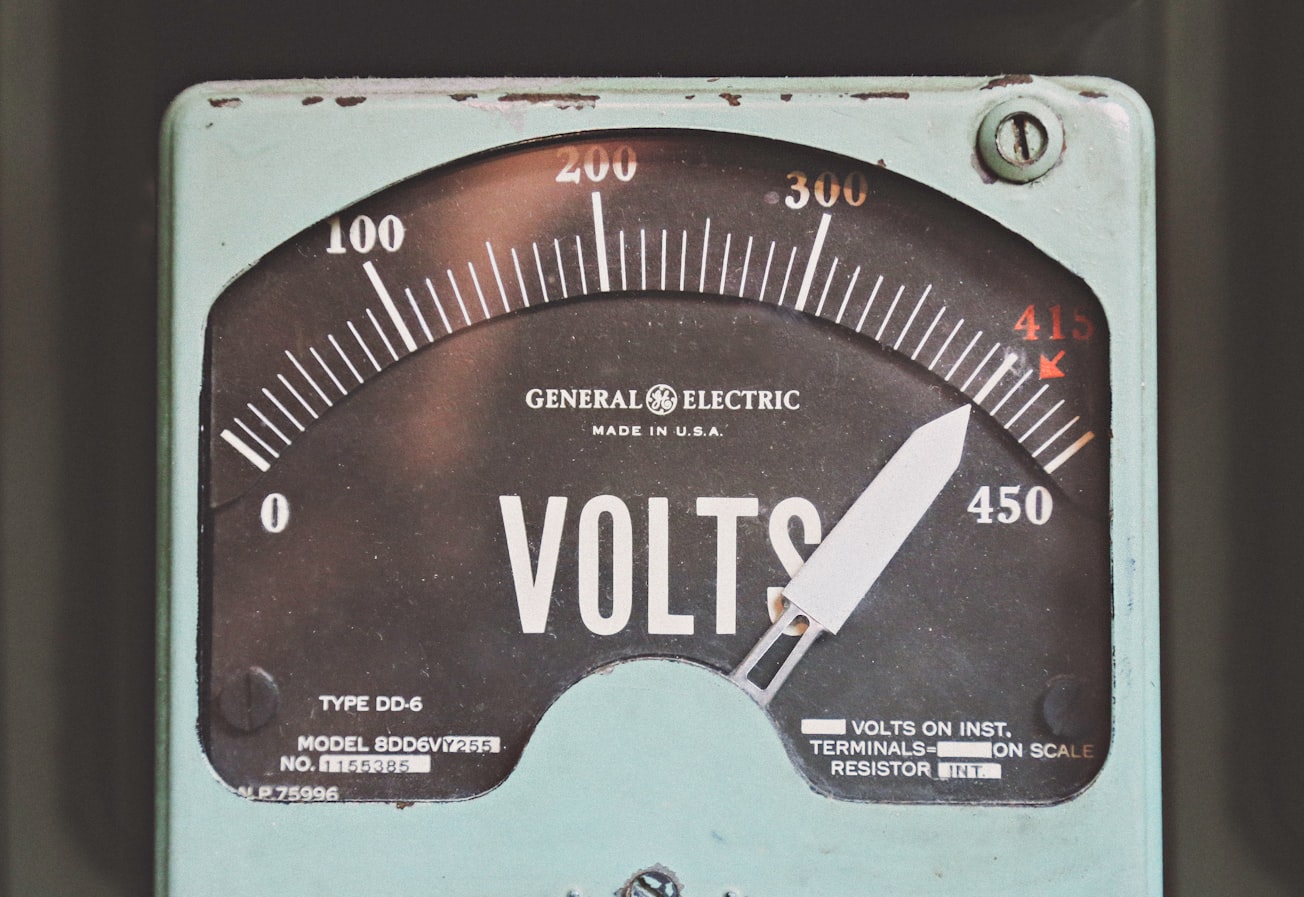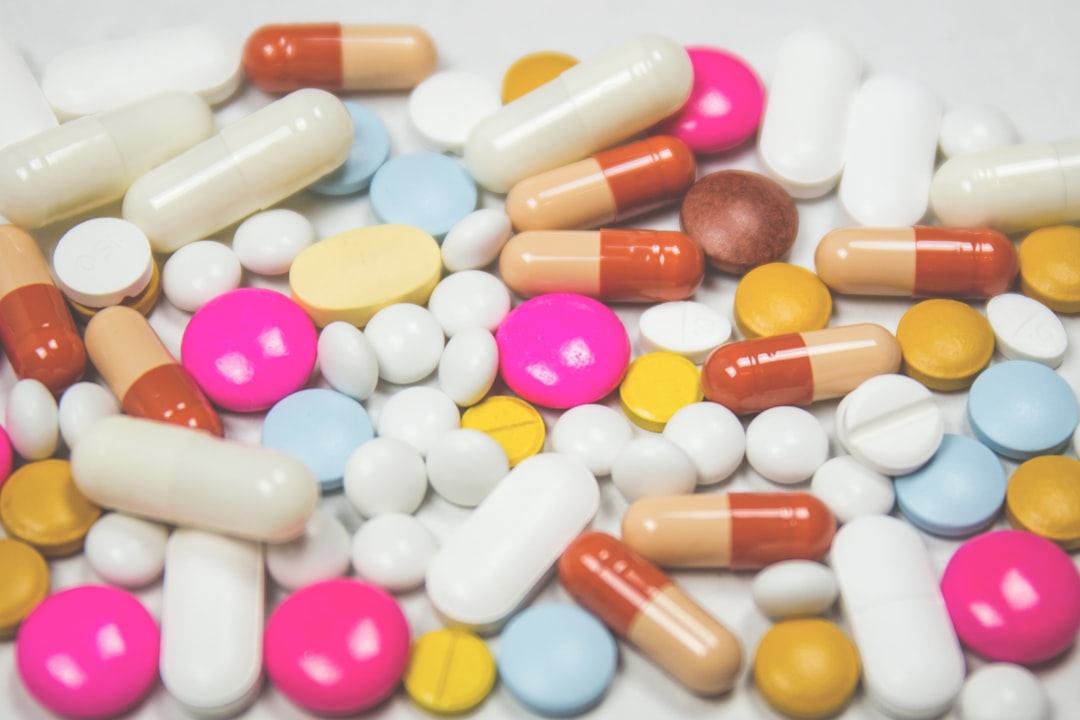What is it about?
Using electricity generated from renewable energy sources for material conversion can help create a green chemical industry that is not dependent on fossil resources. The electrochemical approach we propose is sustainable for upgrading bioethanol to value-added chemicals. 1,1-Diethoxyethane (DEE) is a derivative of ethanol and has versatile applications in the chemical industry. We report DEE synthesis from ethanol by proton exchange membrane (PEM) electrolysis.
Featured Image

Photo by Thomas Kelley on Unsplash
Why is it important?
PEM electrolysis has several unique advantages over conventional electrochemical processes. First, no electrolyte is required. Furthermore, high energy-conversion efficiency can be achieved. PEM electrolysis of pure ethanol yields DEE with high Faradaic efficiency (78%). The protons extracted from ethanol are reduced to hydrogen at the cathode. Thus, PEM electrolysis provides value-added products at the anode (DEE) and cathode (H2). Our proposed electrolysis process also has mechanistic features. The electrochemical reaction produces acetaldehyde from ethanol, and acetalization then proceeds with the aid of the acid property of the Nafion membrane used in the PEM.
Perspectives
PEM electrolysis does not require chemical reagents such as oxidants or electrolytes, and electrolysis can be performed using renewable energy. These are desirable features from the perspective of green synthesis of chemicals and a sustainable future. It has the potential to become a new chemical industrial process with low CO2 emissions.
Hitoshi Ogihara
Saitama University
Read the Original
This page is a summary of: Upgrading of Ethanol to 1,1‐Diethoxyethane by Proton‐Exchange Membrane Electrolysis, ChemSusChem, August 2021, Wiley,
DOI: 10.1002/cssc.202101188.
You can read the full text:
Resources
Cover feature
The Cover Feature shows an electrochemical approach to upgrade ethanol to 1,1-diethoxyethane (DEE). The key of this work is the proton exchange membrane (PEM) electrolysis, where high faradaic efficiency (78%) of DEE was achieved on the anode, and hydrogen was evolved on the cathode.
Upgrading of Ethanol to 1,1-Diethoxyethane by Proton-Exchange Membrane Electrolysis
1,1-Diethoxyethane is selectively synthesized by electrolysis of ethanol using a proton-exchange membrane (PEM) reactor. In the PEM reactor, Pt/C promotes electrooxidation of ethanol to acetaldehyde and the Nafion membrane serves as a solid acid catalyst for acetalization of ethanol and acetaldehyde. The proposed approach can be utilized for upgrading bioethanol to chemicals.
Green Synthesis of Methyl Formate via Electrolysis of Pure Methanol
Methyl formate (MF) is an important intermediate in the production of essential chemicals such as formic acid in the chemical industry. Although MF is currently synthesized via liquid-phase carbonylation of methanol, this carbonylation process has certain problems (e.g., catalyst deactivation). In this regard, alternative processes for MF production have been extensively examined, and MF formation with a high selectivity and high production rate at mild reaction conditions remains a critical goal in research. Here, we demonstrated MF synthesis via direct electrolysis of methanol at room temperature and atmospheric pressure. A membrane electrode assembly (MEA) consisting of Pt/C electrocatalysts and proton-exchange membranes (PEMs) played an important role in this process. In the electrolysis of the methanol/water solution, CO2 formation was suppressed as the water content decreased. Consequently, we found that the electrolysis of pure methanol produced MF without the formation of CO2. MF was produced through the electrolysis of pure methanol for 24 h with an average formation rate of 930 mmolMF h–1 gcat–1 and a turnover frequency of 468 h–1. The formation rate of MF via pure-methanol electrolysis using the MEA was comparable to previously reported systems. After the electrosynthesis of MF, the MEA could be reused. On the basis of cyclic voltammetry, transmission electron microscopy, and scanning electron microscopy measurements and electrolysis results, a reaction pathway for the oxidation of pure methanol to MF was proposed.
Contributors
The following have contributed to this page










